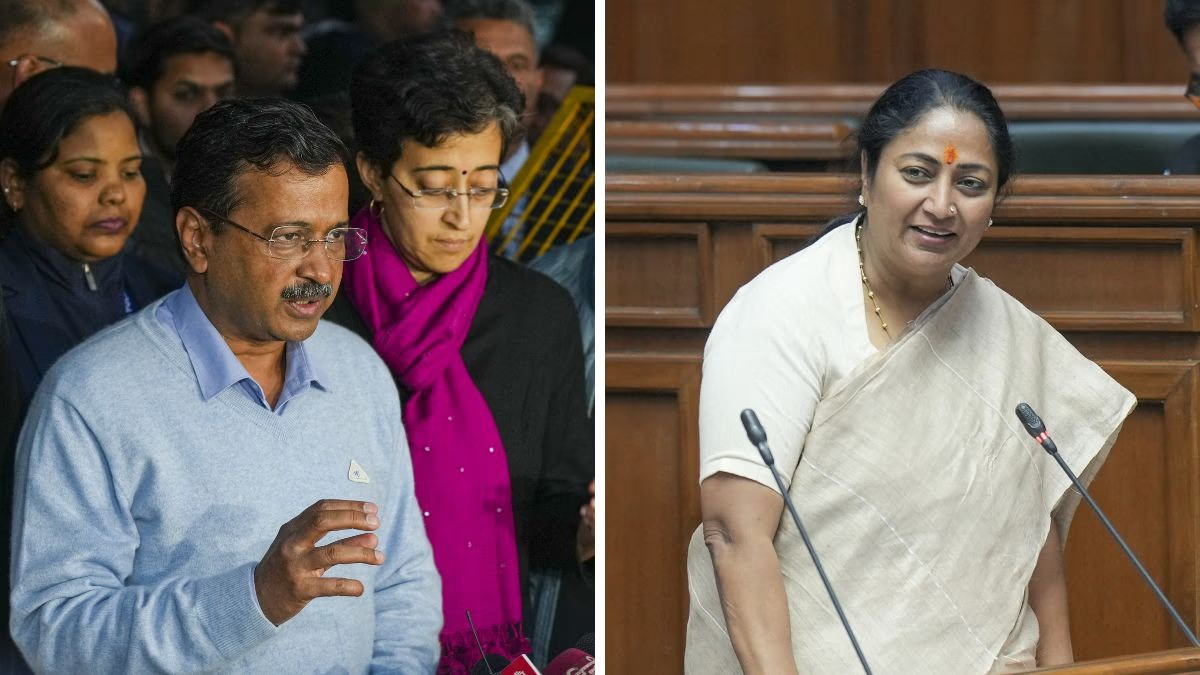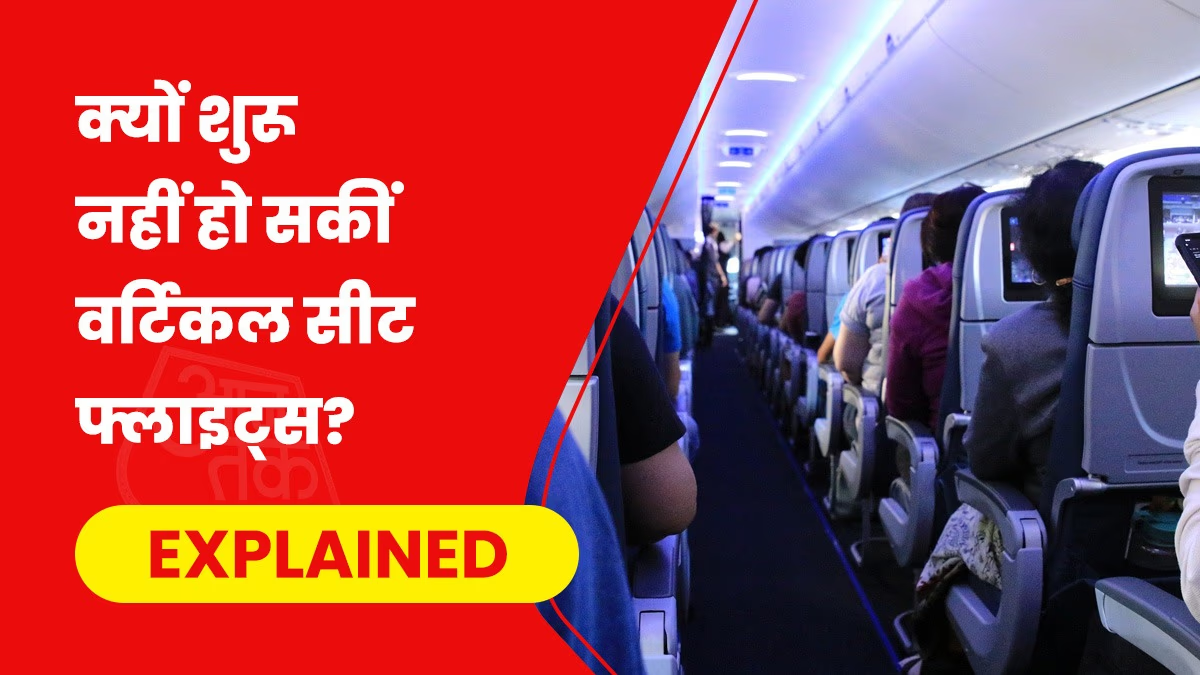The recent assembly elections in Delhi saw the Bharatiya Janata Party (BJP) highlight corruption allegations against the Aam Aadmi Party, which emerged from an anti-corruption movement. Leader of the opposition, Vijender Gupta, fought tirelessly in court to make CAG reports from Arvind Kejriwal's tenure public. Now, in its very first session, the newly formed assembly under BJP’s Rekha Gupta has tabled one of those 14 pending CAG reports.
The CAG report accuses the Aam Aadmi Party government of a lack of transparency and fairness in its new excise policy, benefiting liquor mafias and creating monopolies. According to the CAG, this policy led to more than a 2000 crore revenue loss for the Delhi government. What does the CAG report say about the alleged liquor scam? Here are 15 big points...
1.
Revenue Loss of 2002 Crore 68 Lakhs
The CAG report highlights substantial revenue losses due to poor decisions. Non-opening of liquor shops in non-conforming areas caused a 941.53 crore loss. Failure to re-tender abandoned licenses resulted in an 890 crore loss, and waiving license fees in the name of COVID-19 cost 144 crore. Inadequate security deposit collection led to a 27 crore loss.
2.
License Violation
The CAG pointed out that the Delhi Excise Rules 2010, Rule 35, was not properly implemented. Individuals interested in manufacturing and retail were given wholesale licenses, benefiting a single entity across the entire liquor supply chain.
3.
Wholesaler's Margin Increased from 5 to 12 Percent
The report noted an increase in wholesaler profits. Although the government proposed labs for quality checks in warehouses, no lab was established. As a result, wholesaler profits increased, while the government suffered revenue losses.
4.
No Screening, Financial Check Ignored
The CAG report revealed that no financial check was done, even though running liquor zones required 100 crore rupees. Some bidders had little to no income for three years, raising concerns about proxy ownership and political favoritism.
5.
Expert Advice Ignored
The Aam Aadmi Party government dismissed its own expert committee’s advice and made arbitrary policy changes, as per the CAG report.
6.
Lack of Transparency, Weak Checks
The previous policy allowed one person to own only two shops, while the new policy raised this limit to 54. The government previously operated 377 shops, but under the new policy, 849 liquor vendors were created, with only 22 licenses granted to private players. This fostered monopolies and cartelization.
7.
Monopoly and Brand Pushing
Manufacturers were required to tie up with only one wholesaler, resulting in a situation where 70% of the total liquor sales were dominated by 25 of the 367 registered IMFL brands. Just three wholesalers (Indospirit, Mahadev Liquors, and Brindco) controlled 71% of the supply, leading to manipulated liquor prices and fewer choices for consumers.
8.
Violation of Cabinet Procedure
Big decisions were taken without cabinet approval or consultation with the Lieutenant Governor, breaching legal procedures.
9.
Illegal Shops in Residential Areas
The CAG reported that the excise department allowed liquor shops in residential and mixed land-use areas. Inspection teams gave misleading reports, and some applicants admitted their shops were in residential zones. Early 2022 saw MCD sealing four such illegal liquor shops.
Read More: Why CAG Reports Matter, Find Out When Governments Faced Troubles Due to Them
10.
Lack of Transparency in Liquor Prices
The CAG report also noted a lack of transparency in liquor prices as the excise department allowed L1 license holders to set arbitrary prices, resulting in price manipulation.
11.
Violation of Testing-Related Standards
Without proper quality tests, licenses were issued, violating BIS and FSSAI guidelines. Many test reports were outdated or missing for 51% of imported liquor, and harmful elements like heavy metals and methyl alcohol were not adequately tested.
Read More: With Delhi's Liquor Policy Change, Over 2000 Crores Lost, Major Revelations in CAG Report
12.
Smuggling and Excise Intelligence Bureau (EIB)
The CAG stated that the EIB took no action to stop alcohol smuggling. Even though 65% of the seized liquor was country liquor, no stringent actions were taken against repeat offenders.
13.
Poor Data Management and Illegal Liquor Trade Promotion
The excise department failed to maintain basic records, making it difficult to track smuggling patterns. Restrictions on supply, limited brand options, and bottle size have fueled the rise of the illegal liquor trade.
Read More: Why CAG Reports Matter, Discover When Governments Have Suffered Due to Them
14.
Lack of Action against Rule Violators
The CAG report raised questions about the lack of action against license holders violating the liquor policy. It mentioned that many excise raids were just for show, and the investigation reports were weak.
15.
Use of Old Methods
The CAG report noted the Excise Adhesive Label project wasn’t implemented, increasing the potential for fraud in the supply chain. Instead of modern AI and data analytics, outdated and ineffective tracking methods were used.




